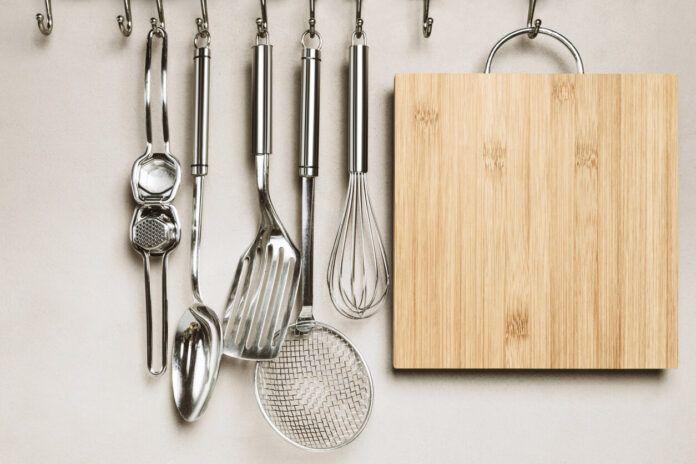Many French people choose to turn to stainless steel for their kitchen utensils. However, this material gets dirty easily, and removing the marks can quickly become a daunting task. How to effectively clean your stainless steel accessories? Check out 6 tips in our slideshow below.
The pots and pans we use can have a direct impact on our health. Indeed, some coatings contain particularly toxic products. Questioned by Le Parisien, Juliette Pouyat, doctor of science from the Paris-Grignon National Agronomic Institute, returned to the composition of certain saucepans. Is stainless steel excluded?
“Until 2020, their coating contained PFOA (perfluoro-octanoic acid), harmful to the environment and health,” explains Juliette Pouyat. Indeed, this substance is considered carcinogenic, but also as being an endocrine disruptor. Nevertheless, this substance has been banned in Europe since 2020. However, manufacturers continue to use materials that are potentially dangerous for health and for humans. “It is therefore preferable to limit the use of non-stick pans and saucepans”, continues Juliette Pouyat.
On the other hand, “the safest materials are pig iron and 18/10 stainless steel because they are solid and inert with respect to food”, specifies Juliette Pouyat. Without coating, stainless steel therefore remains one of the healthiest materials for cooking your food products. “Cast iron or stainless steel pans and casseroles are quite expensive, but it’s a long-term investment: those of good quality can be kept for 25 to 30 years,” concludes Juliette Pouyat. It also remains one of the only ones not to modify the taste or appearance of foodstuffs.
But if you already have stainless steel utensils, another problem arises: that of cleaning. Discover in our slideshow below the tips offered by the deco.fr site to maintain your pans.















